Today I’m looking at the plants we saw. Some are more interesting to other people than others so please bear with me.
We had guided tours of two plant bearing areas, one was the Jerusalem Botanical Gardens by an ex-director of the Gardens and the other was by a plant enthusiast from Kibbutz Ein Gedi who once volunteered with this ex-director of the Jerusalem Botanical Gardens, both of them were fascinating and could pull out facts about trees as if from nowhere. I also took photos of random plants because I loved them. Yes, there are more photos here than normal but I took far, far more photos than I’m sharing, I promise.
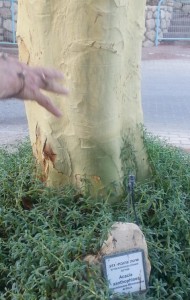
This photo of the Acacia tree is not showing the hand moving but the tree. What you’re seeing is what shows up with the bark comes away. It’s a yellow dust and I’m sure it’s useful for something.
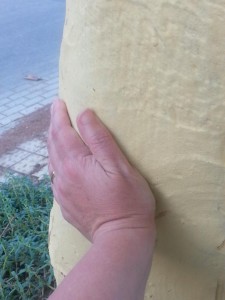
Me showing off by touching the Acacia tree. There was bark on this tree at some point but not much as it’s all fallen off.
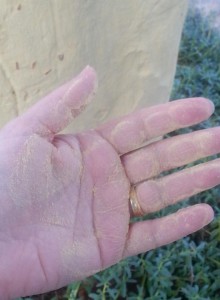
This is my hand showing the dust from the Acacia tree. It’s very soft and smooth.
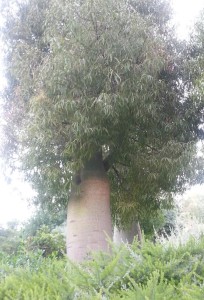
Loved this tree. I’m sure I know the name somewhere in my memory banks, it’s a bulbous tree and reminds me of gourds for some reason.
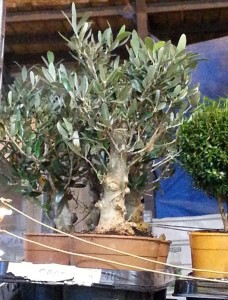
This bonsai olive tree was for sale in Jerusalem. I took it to contrast with some much, much older olive trees I knew we’d be seeing later on. Old olive trees comes with the territory when travelling in places such as the Middle East.
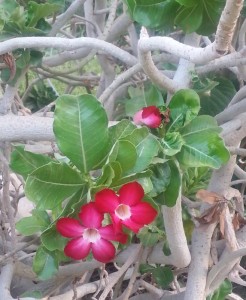
I think this was in Kibbutz Ein Gedi. A beautiful area but very hot as it’s in the south of Israel. Fairly close to the border and close the Dead Sea, they’ve somehow managed a botanical gardens in the middle of a desert.
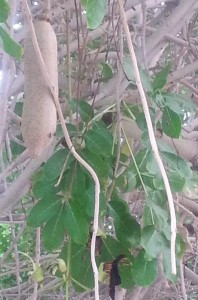
I’m calling this a cosh tree after the fruit you can see in the top left of the photo. It was longer than my hand and quite solid making me think of The Goodies and Ecky Thump.
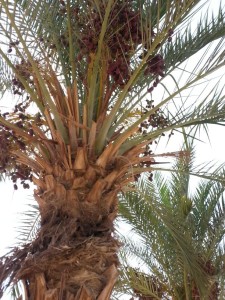
I tried to get a series of photos to bore you with but it didn’t work. What I wanted was to show you different stages of ripening dates and picking them but we were going too fast and the photos didn’t work. The dates in this photo are almost ripe and many of them have come off already so you can see how big the branches of fruit get and how they hang down. They way they do it is when they’re getting close to ripe they put a clear bag over the whole branch of fruit so that as they ripen they fall into the bag. When enough of them have fallen they cut the entire branch off above the bag. Some of the trees are fairly small and I would have to reach down to do this work (bear in mind I’m short), others are so tall you’d need a cherry picker. Sometimes the ground is not very stable and very occasionally the machine will topple over, at least one person has died with this kind of accident.
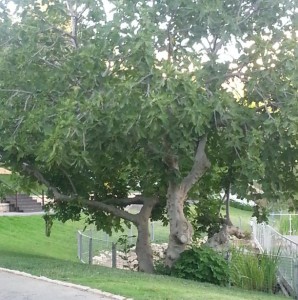
A few weeks before we left I planted a fig tree in my back garden. I took care to plant it somewhere with space as I knew they grew very big, here is one that is bigger than I expected. In due course we’ll find out if I’ve left enough space.
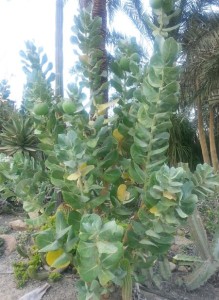
Calling this tree a wick tree as I forget the real name. They take the fruit from the tree and when it’s all dried up inside the flesh inside is easy enough to pull out and use as wicks for candles.
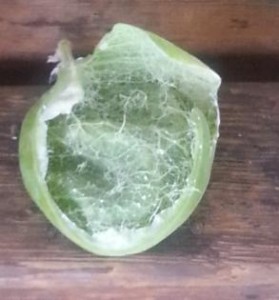
This is the inside of the fruit from the wick tree. You can see how the flesh is all spidery, when it’s dry it makes great candle wicks.
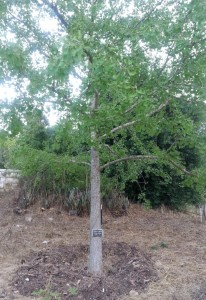
In the Jerusalem Botanical Gardens our guide was impressed when I was able to correctly identify the Gingko Biloba. I even impressed myself by remembering it correctly.
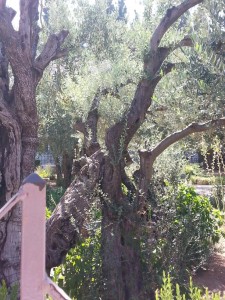
This close up was taken in Gethesemane and if I can get my church photos organised you’ll get an article about the churches we saw. I love a challenge and as we saw a large number of churches and working out which one is where Jesus is supposed to have been born, lived or whatever this might be a big challenge.
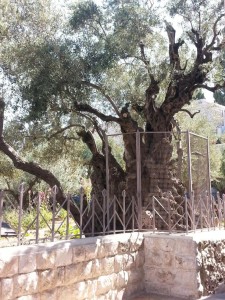
This is a better photo of the olive tree at Gethsemane. Legend has it that it’s 2,000 years old but our guide says there aren’t any olive trees that old in Israel, he’s had someone date it at 1,100 years old which is still pretty old.
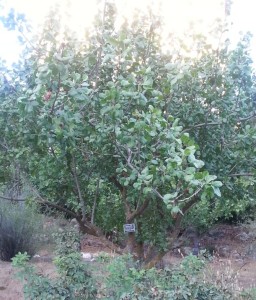
Just to show you a Pistacio Tree.
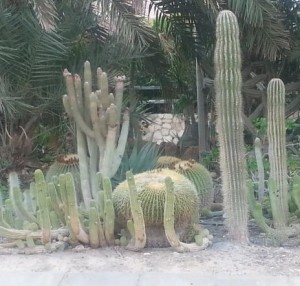
A selection of succulents and cacti. That round one in the middle is big enough to sit on while the tall ones grow taller than a house.
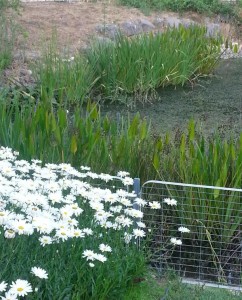
Water lilies just because.
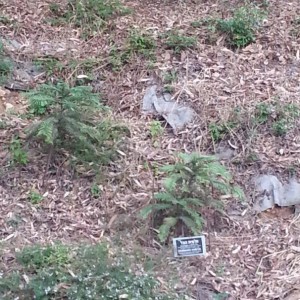
Some years ago they found some new trees in NSW, Australia. Some of those trees have been planted here in Jerusalem and will eventually be a small forest.
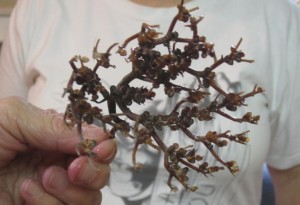
This dead looking plant is the Rose of Jericho. It’s an amazing plant that looks totally dead but when soaked in water, a lot of water rather than just a little, it comes to life and the seeds will spring out and germinate. It’s a reminder that Israel is a desert and that the rains don’t always come.

